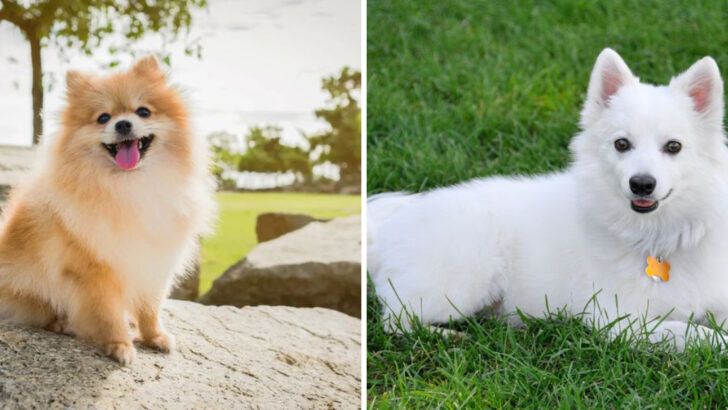They may both look like fluffy clouds with legs—but Pomeranians and American Eskimo Dogs are worlds apart.
Sure, they’re both adorable. Sure, they both have that “walking cotton ball” vibe.
But beneath the fluff lies a long list of differences that every dog lover should know.
One is a spunky little firecracker with royal roots.
The other? A snow-loving showstopper with a work ethic and a bigger bark.
From size and snout to history and sass level, these two breeds bring very different energy to the table—despite the similar looks.
If you’ve ever mistaken one for the other, you’re not alone.
Let’s break down 14 features that prove these two pups are anything but twins.
Size and Stature
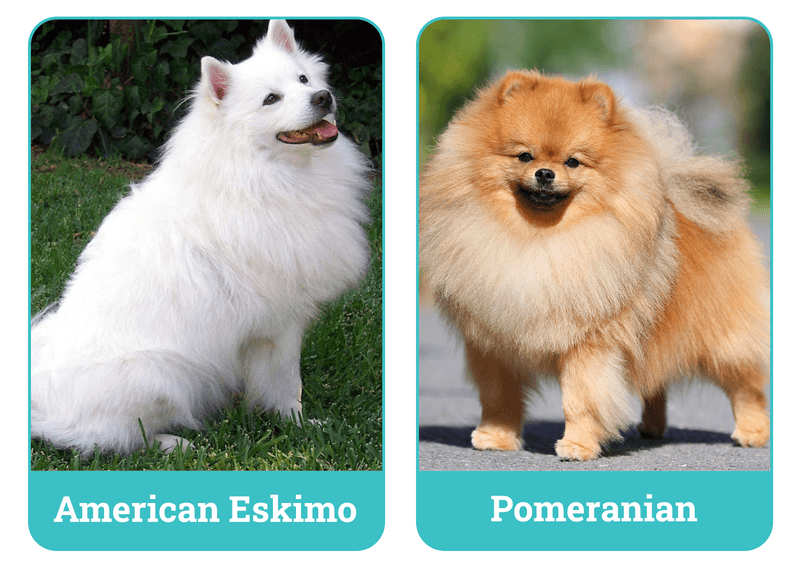
The size difference between Pomeranians and American Eskimo Dogs is quite noticeable. Pomeranians are tiny, often weighing between 3 to 7 pounds, making them one of the smallest dog breeds.
Their petite stature and fox-like face give them an almost toy-like appearance. In contrast, American Eskimo Dogs are considerably larger, ranging from 15 to 35 pounds, with a more robust build.
Despite their difference in size, both breeds are agile and lively.
Coat Characteristics
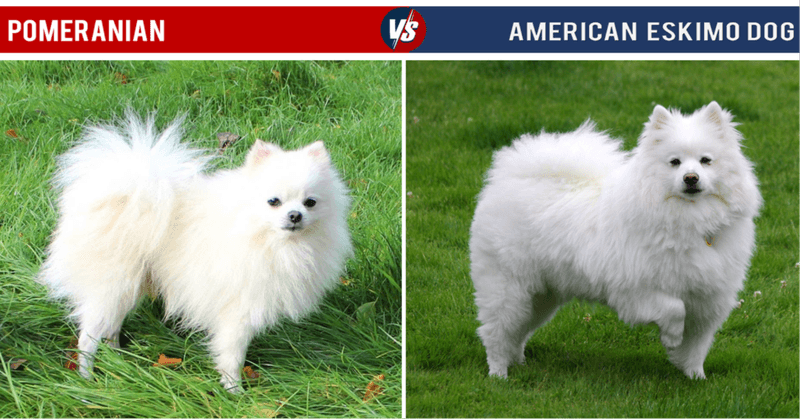
Pomeranians are known for their lavish double coat, which stands out due to its fluffiness and volume. This luxurious coat requires regular grooming to maintain its beauty.
On the other hand, American Eskimo Dogs also sport a double coat, but theirs is thicker and more weather-resistant, suitable for colder climates.
While both breeds shed significantly, the grooming needs vary, with the Pomeranian’s coat often requiring more frequent attention to prevent matting.
Facial Expressions
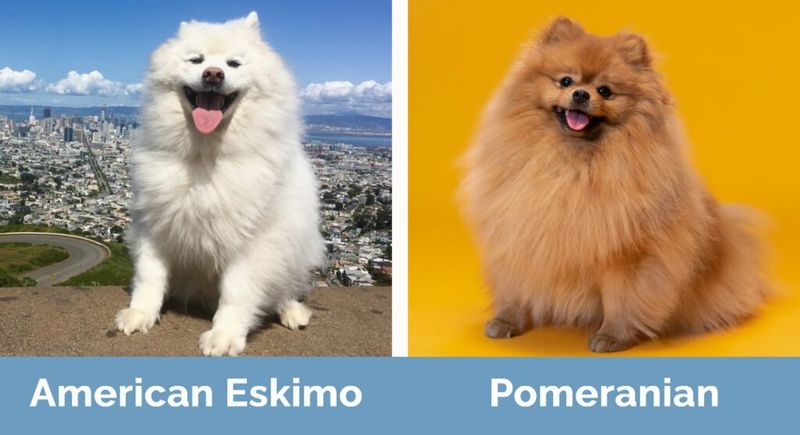
Pomeranians possess a charming fox-like face, characterized by their bright, expressive eyes and a perky demeanor. These features contribute to their alert and curious personality.
In contrast, the American Eskimo Dog exhibits a wolf-like appearance with a slightly more serious yet friendly expression. Their almond-shaped eyes and small, erect ears give them an intelligent look, reflecting their keen awareness of their surroundings.
Temperament and Personality
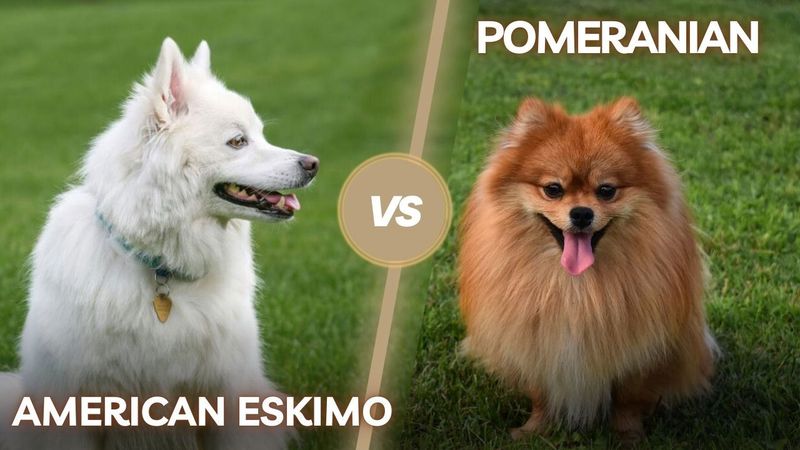
Pomeranians are known for their spirited and lively nature. They love to be the center of attention, often showcasing a playful and outgoing personality.
In contrast, American Eskimo Dogs are more reserved but extremely loyal, known for their intelligence and eagerness to please. They form strong bonds with their families and are protective, making them excellent watchdogs.
Both breeds, however, thrive on interaction and love being part of family activities.
Historical Background

Historically, Pomeranians were favored by royalty, including Queen Victoria, which led to their popularity in high society. Originally larger, they were bred down in size to become the charming companions we know today.
American Eskimo Dogs, despite their name, originated in Germany as spitz-type dogs and were popular in circuses for their intelligence and trainability.
Their history is rich with tales of performing acts that captivated audiences.
Health and Lifespan
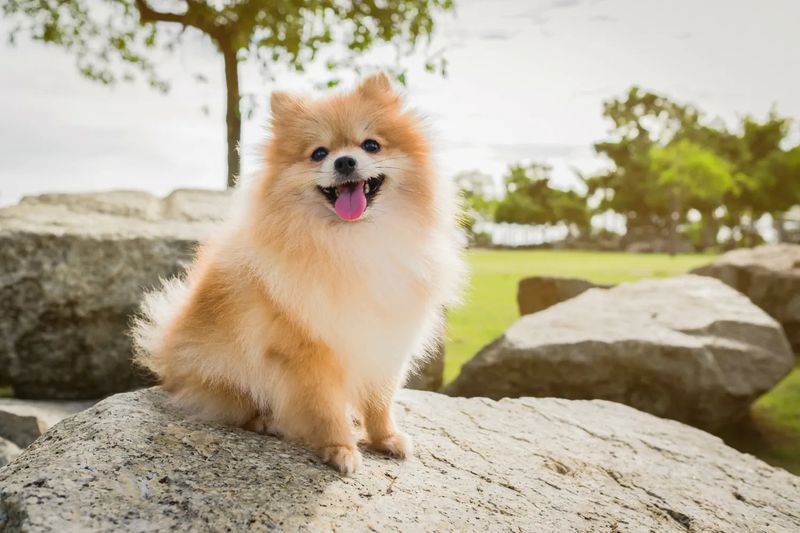
Pomeranians generally enjoy a healthy life span of 12 to 16 years, though they are prone to dental issues and luxating patellas. Regular vet visits and proper care can mitigate these risks.
American Eskimo Dogs, on the other hand, live around 12 to 15 years and are susceptible to hip dysplasia and progressive retinal atrophy.
Both breeds benefit from a balanced diet and routine exercise to maintain their health and vitality throughout their lives.
Training and Intelligence
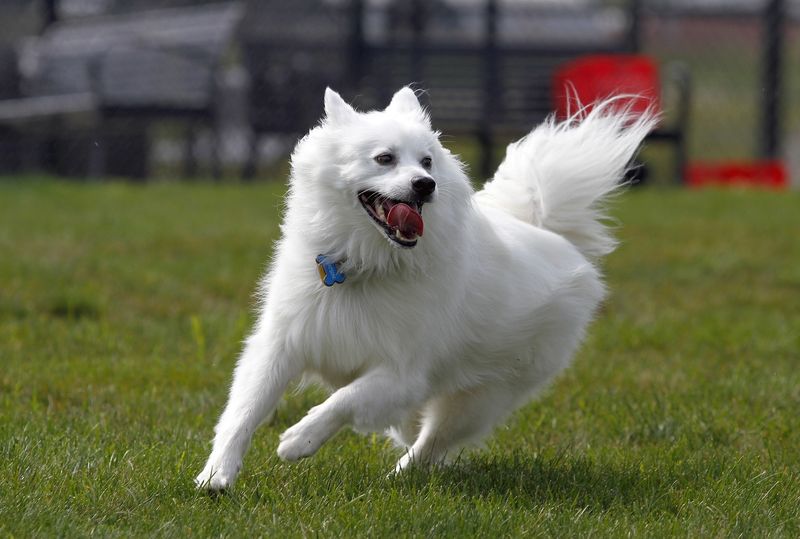
Pomeranians may have a bit of a stubborn streak but are highly intelligent and capable of learning a variety of tricks. Positive reinforcement methods work well with them.
American Eskimo Dogs, known for their intelligence, excel in obedience training and agility sports. Their eagerness to please makes them quick learners.
Both breeds require mental stimulation and consistent training to keep them engaged and well-behaved.
Energy Levels
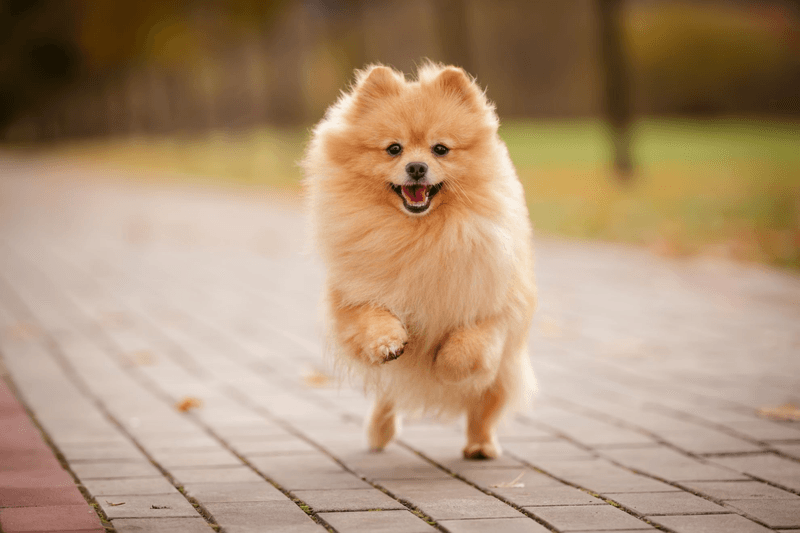
Pomeranians, despite their small size, are bundles of energy, requiring daily play sessions to burn off their zest. They enjoy games and interactive toys that challenge their minds.
Meanwhile, American Eskimo Dogs, being larger, have moderate to high energy levels. They thrive in environments where they can exercise, such as long walks or jogs with their owners.
Both breeds need regular activity to prevent boredom and maintain a healthy weight.
Socialization Needs
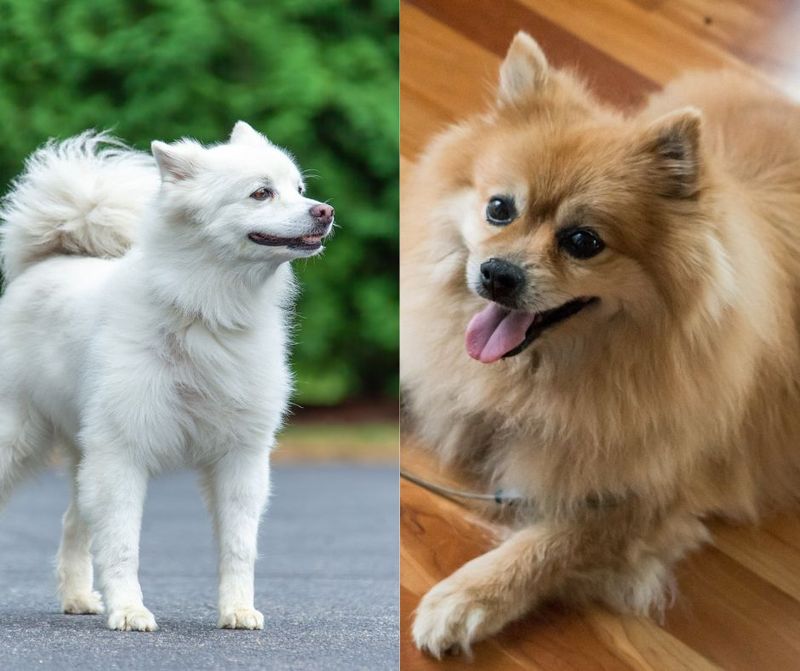
Pomeranians are social butterflies, eager to meet new people and make friends. Early socialization helps them adapt well to various environments and reduces small dog syndrome.
On the other hand, American Eskimo Dogs, although friendly, can be wary of strangers and may require more time to warm up.
Early and consistent socialization is crucial for them to develop confidence and ease in different social situations, ensuring they are well-mannered companions.
Grooming Requirements
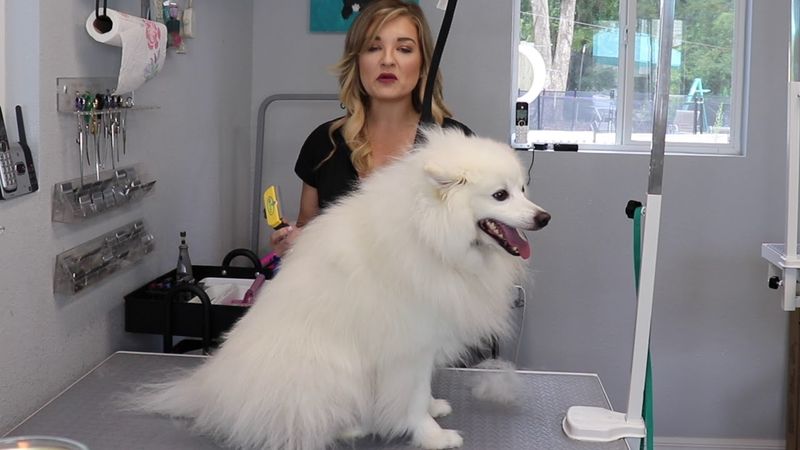
Pomeranians require regular grooming to maintain their fluffy coat, needing brushing several times a week to prevent tangles and matting. Professional grooming is also recommended occasionally.
In contrast, American Eskimo Dogs, with their denser coats, need regular brushing to remove loose fur and reduce shedding. Bathing is less frequent but necessary to keep their coat healthy and clean.
Both breeds benefit from nail trimming and dental care as part of their grooming routine.
Barking Tendencies
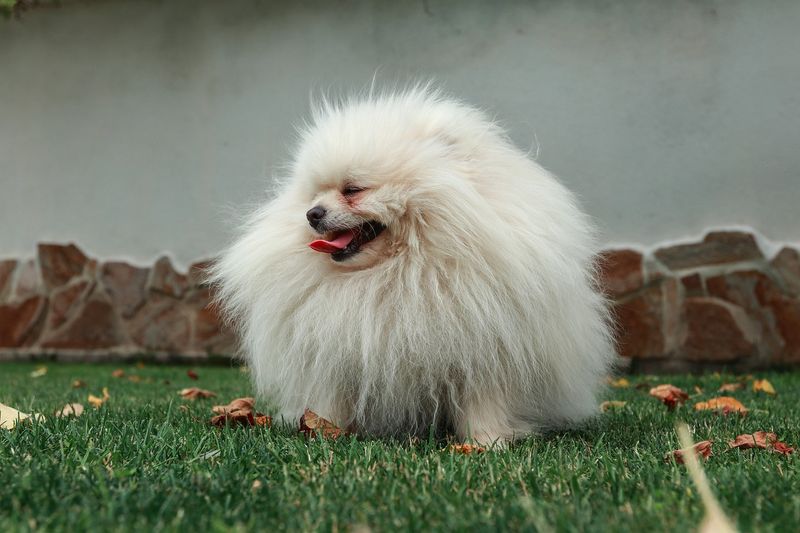
Pomeranians are known for their vocal nature, often barking to alert owners of any perceived threats. Their watchdog instincts are strong despite their small size.
American Eskimo Dogs also have a protective streak and will bark to alert their family of strangers. However, they tend to be more selective about what they consider a threat.
Both breeds can be trained to manage excessive barking through positive reinforcement and consistent behavioral training.
Adaptability to Living Spaces

Pomeranians are well-suited for apartment living due to their small size, but they still need daily activity to stay healthy. Their adaptability makes them ideal for urban environments.
In contrast, American Eskimo Dogs, with their larger size and higher energy levels, prefer homes with backyards where they can roam. However, they can adapt to apartment living if given sufficient exercise opportunities.
Both breeds thrive best with owners who can meet their activity needs.
Family Compatibility
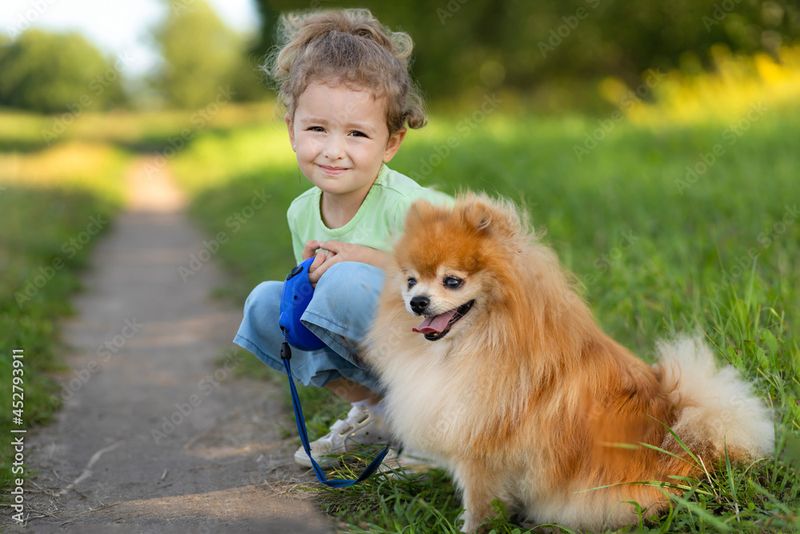
Pomeranians, with their playful and affectionate nature, bond well with families, including children. Their small size and lively disposition make them delightful companions.
American Eskimo Dogs are equally affectionate and thrive in family settings, forming strong bonds with all members. They are known for their protective nature, making them excellent family dogs.
Both breeds, with proper training and socialization, can become integral members of a loving household.
Dietary Needs
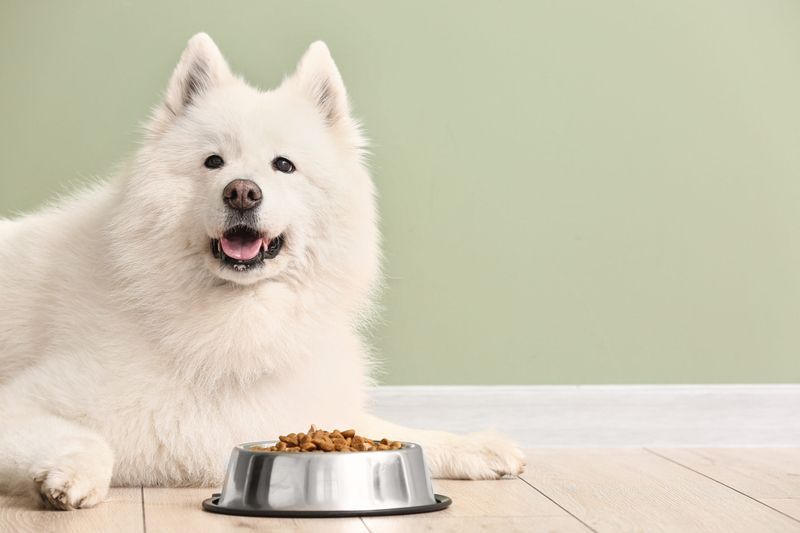
Pomeranians require a diet that supports their high energy levels, with a focus on quality proteins and fats. Portion control is essential to prevent obesity.
American Eskimo Dogs, being larger, need a balanced diet that supports their active lifestyle, with attention to maintaining a healthy weight.
Both breeds benefit from specially formulated diets that cater to their size and activity level, ensuring they receive the necessary nutrients for a long, healthy life.

